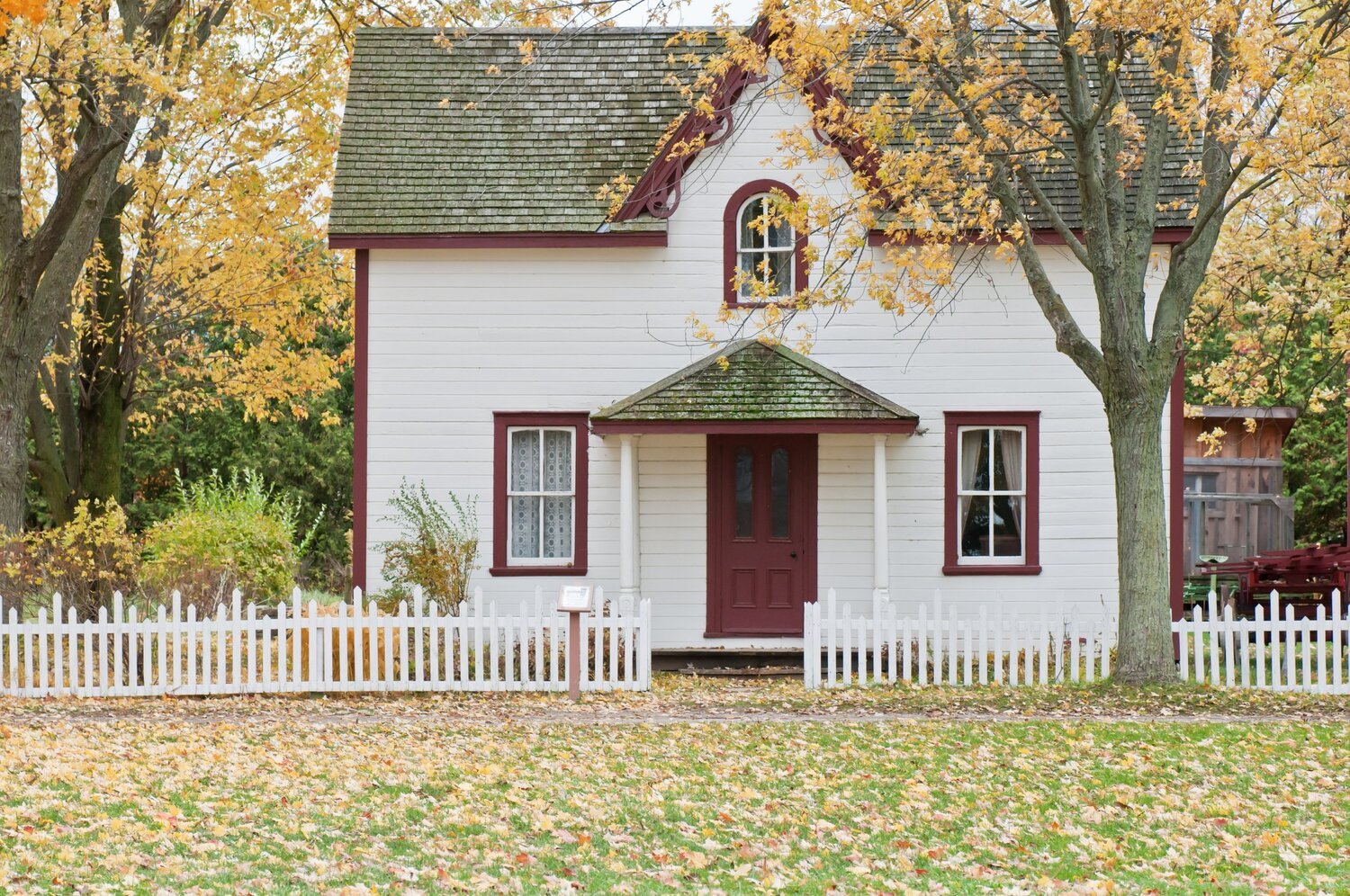WFH in Regional Victoria & the COVID property boom
There is no doubt COVID has changed the way people are working. No longer are businesses demanding employees work 9-5 Monday to Friday from CBD office buildings. Pure joy has spread through the community of commuters who were regularly wasting up to 2hours of their day getting in and out of the office. Saving on parking costs, Myki fees, $28 salads and everything else that comes with it. The flexibility it has created is undeniable, but is this new way of life sustainable and what does it mean for the property market?
The COVID migration is real
Over the past 6-12 months, you may have heard of more than a few friends and colleagues packing up their South Yarra apartments and moving to greener pastures, trading in their city ‘lifestyle’ for the slow life and buying up big in regional towns.
This trend has been seen more predominantly in Victoria than in other states (wonder why!?). Greater Melbourne had a net loss of 26,000 people in 2020 which is the highest net loss on record! While Melbourne was left feeling a little emptier than usual, regional Victoria actually gained 13,000 people over the course of the 2020 calendar year.
What a property boom means for regional areas—some questions
As a result of this and other factors, we have seen a boom in some regional areas – outside of the usual growth parameters. So how sustainable is this trajectory? Will we be working from home for years to come and thus force people into larger properties to accommodate their WFH needs? Or will 2022 see a boom back into Melbourne lifestyle and culture events once again bringing back the desire to be amongst it?
Let’s not forget that Regional Victoria has been budding at its own steady rate for years as the usual growth factors are still at play; government infrastructure spending, general housing affordability and gentrification in many regional towns.
The question is if we remove the desire for space and slow living once Melbourne truly sparks back to life, will the growth rate change in those regional areas that have boomed over the last 18 months?
Love to know your thoughts.
Tabitha

